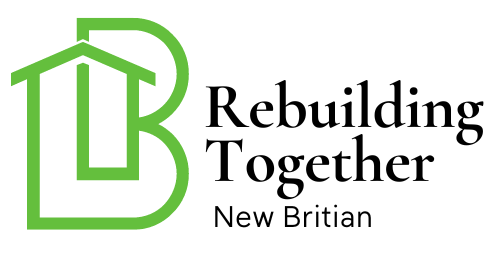Having an above-ground pool is a tremendous source of joy and relaxation for any homeowner. But, it’s not all fun and games when you discover a leak. A pool leak can be daunting, but don’t worry, we’re here to provide you with the necessary guidance and technology to detect and fix it.
This article will walk you through a step-by-step process on how to find leak in above ground pool, ensuring that your pool remains in terrific condition.

Why Should You Detect a Leak Promptly?
Ignoring a pool leak can lead to serious problems. Leaks can result in water wastage, high utility bills, and potential damage to the pool structure and surrounding property. Identifying the issue early will save you from extensive and costly repairs.

Signs That Your Above Ground Pool Has a Leak
Decreasing Water Levels
One of the most obvious signs of a pool leak is a noticeable drop in water level. If you have to continuously add water to your pool, there might be a leak.
Wet Spots Around the Pool
Check for soggy areas around the pool. Leaks often cause the surrounding grass or soil to become saturated.
Increased Water Bills
If you see an unexpected rise in your water bill, it could be due to a pool leak.
Algae Growth
Unexplained algae growth might also indicate water leakage affecting the pool’s chemical balance.

Preliminary Steps Before Detecting the Leak
Turn Off the Pump
Before you start looking for the leak, ensure that the pool pump is turned off to stabilize the water level.
Clean the Pool
Remove debris and dirt from the pool to get a clear view of the liner and surfaces.
Mark the Water Level
Use waterproof tape to mark the current water level.
Methods to Detect a Leak in Above Ground Pools
Visual Inspection
Carefully examine the pool liner for any visible tears or punctures.
Bucket Test
The bucket test helps determine if the water loss is due to a leak or evaporation. Fill a bucket with pool water, place it on a pool step, and compare water levels over 24 hours.
Dye Test
Use food coloring or a pool leak detection dye to identify the exact location of the leak. Dispense the dye around suspicious areas and watch for it being drawn out of the pool.
Finding the Leak in Different Pool Components
Leak in the Pool Liner
Inspect the pool liner for small tears or holes. Use the dye test to confirm the location.
Leak in the Pool Walls
Check the pool walls for cracks or splits where water might escape.
Leak in the Pool Equipment
Inspect the pump, filter, and plumbing connections for signs of leakage.
Fixing the Leak
Patching the Pool Liner
Use a pool patch kit to seal small holes and tears. Follow the kit instructions carefully for successful repair.
Repairing Pool Walls
For leaks in the pool walls, consult a professional or use specialized repair products designed for above-ground pools.
Fixing Equipment Leaks
Replace faulty gaskets, seals, or O-rings in the pool pump and filter system to stop the leak.
Preventing Future Leaks
Regular Maintenance
Conduct regular pool inspections and maintenance to catch potential leaks early.
Invest in a Pool Cover
Using a pool cover reduces the risk of debris causing damage to the pool liner and walls.
FAQs
1. How do I know if my pool is leaking?
Signs of a pool leak include a drop in water level, soggy ground, increased water bills, and algae growth.
2. Can I fix a pool leak myself?
Small leaks in the pool liner or equipment can often be fixed with a patch kit or by replacing faulty parts. For major leaks, consult a professional.
3. How often should I inspect my above-ground pool for leaks?
It’s recommended to conduct a thorough pool inspection at the start of each swimming season and periodically during the summer.
Additional Resources
For more information on the importance of pool maintenance, you can read this article on how a pool adds home value. You can also check out these related articles on home improvement: Pool Design, Power Generator, and Home Repairs.
As an Amazon Associate, I earn from qualifying purchases.

